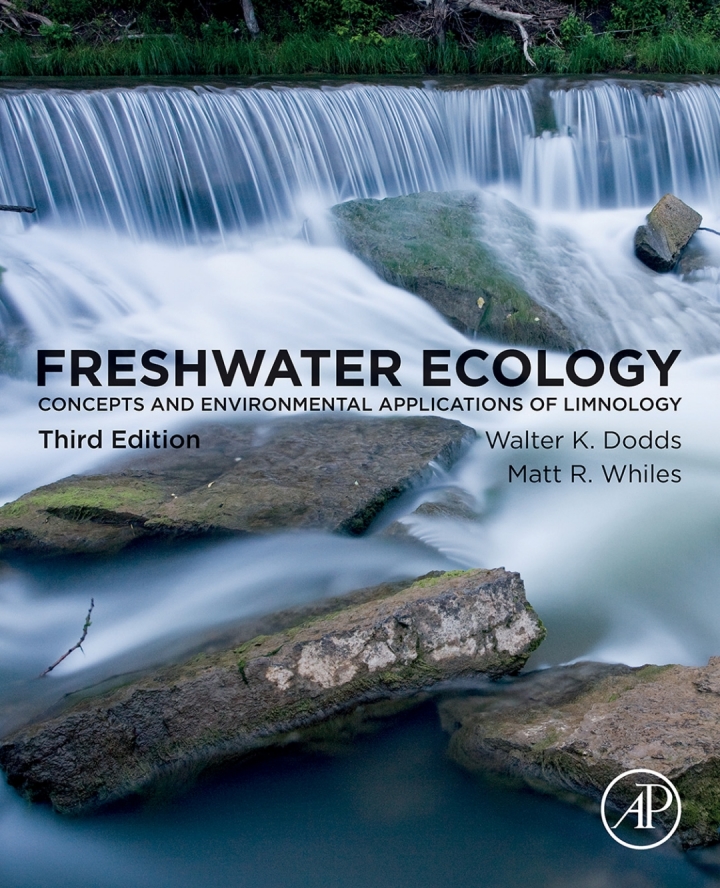
1. Why study continental aquatic systems?
2. Properties of water
3. Movement of light, heat and chemicals in water
4. Hydrologic cycle and physiography of groundwater habitats
5. Hydrology and physiography of wetland habitats
6. Physiography of flowing water
7. Lakes and reservoirs: physiography
8. Types of Aquatic Organisms
9. Microbes and plants
10. Multicellular animals
11. Evolution of organisms and biodiversity of freshwater measures of diversity
12. Aquatic chemistry and factors controlling nutrient cycling: Redox and O2
13. Carbon
14. Nitrogen, Sulfur, Phosphorus and other nutrients
15. Unusual or extreme habitats
16. Response to stress, toxic chemicals and other pollutants in aquatic ecosystems
17. Nutrient use and remineralization
18. Trophic state and eutrophication
19. Behavior and interactions among microorganisms and invertebrates
20. Predation and food webs
21. Nonpredatory interspecific interactions among plants
22. Complex community interactions
23. Fish ecology and fisheries
24. Freshwater ecosystems
25. Conclusions
